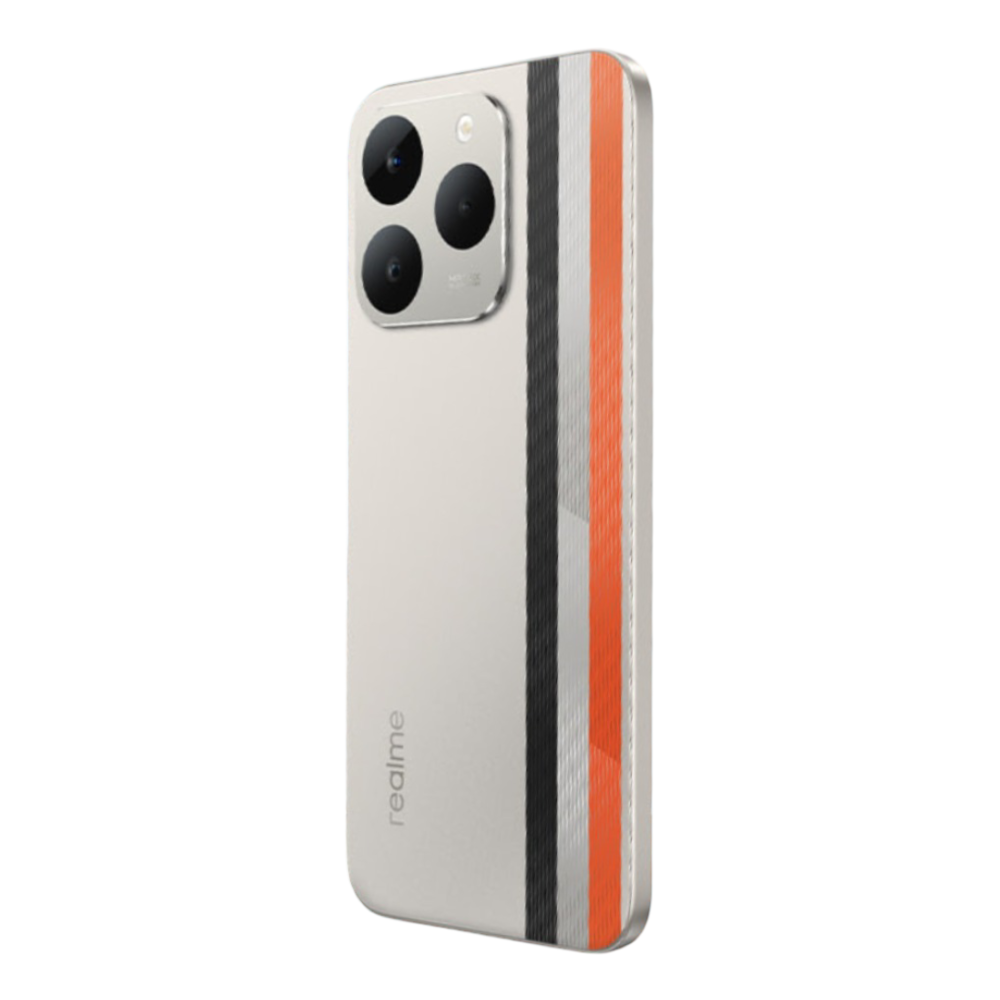At this point, it's hard to imagine ourselves without our phones, as they have become the primary means of both communication and entertainment for each of us. And there are several clear disadvantages associated with its excessive usage. Therefore, if you want to steer clear of the effects, the first step is to regain control of how you use your phone, which starts with monitoring your screen time. If you own an Android phone, here's how to check screen time on it.
View your screen time from Android settings
To keep your phone usage in check, Google has tools in place that can help you overcome the habit. One of them is Digital Wellbeing, which was first introduced in Android 10, and it's a core feature that's still present on recent Android versions.
Digital Wellbeing not only tracks your screen time but also the number of times you unlock your device, the apps you use and the duration. The feature also helps you tone down your smartphone usage with tools like Focus, screen time reminders and App timers. Here's how to check screen time:
- Go to Settings and tap on Digital Wellbeing & parental controls.
- Here you will see a detailed breakdown of all the apps you used today, alongside your total screen time.
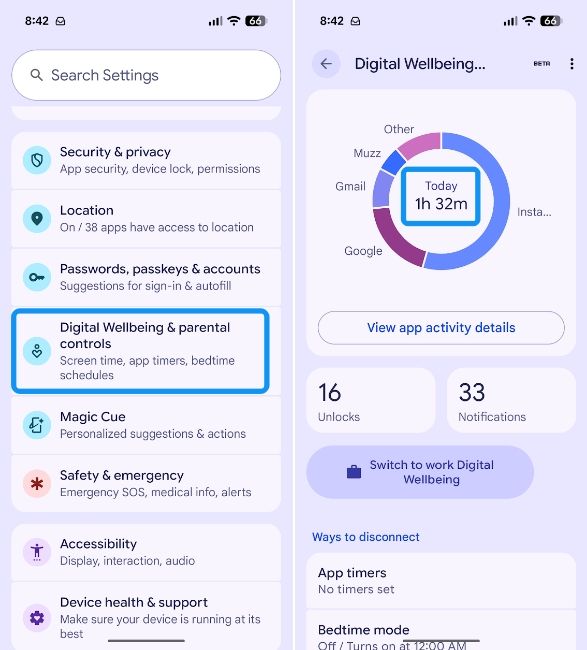
- Tap on the total time, and you will get a detailed breakdown of your activity for the last 25 days, including the apps you used and the time you spent on each app.
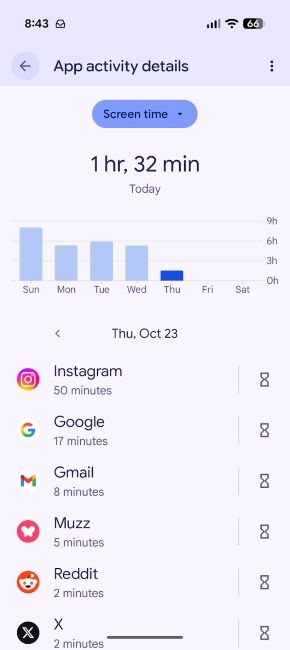
The apps that you used the most will be on top of the list, and it makes it easier for you to set an App timer. Doing so will restrict you from using the app once the time limit is exhausted. This way, you are in full control of how long you use the apps.
Quickly access screen time from Android home screen
An easier way to check screen time on Android is by using Digital Wellbeing widgets or its home screen icon, which isn't enabled by default. The widget gives you an at-a-glance view of your usage habits on the home screen, while the app icon directly opens Digital Wellbeing.
Here's how to add both the Digital Wellbeing widget and shortcut to your home screen:
- Long-press on your Android phone's home screen and tap on Widgets.
- Swipe down and tap on Digital Wellbeing to expand. Here, tap on Add to add this widget on your home screen.
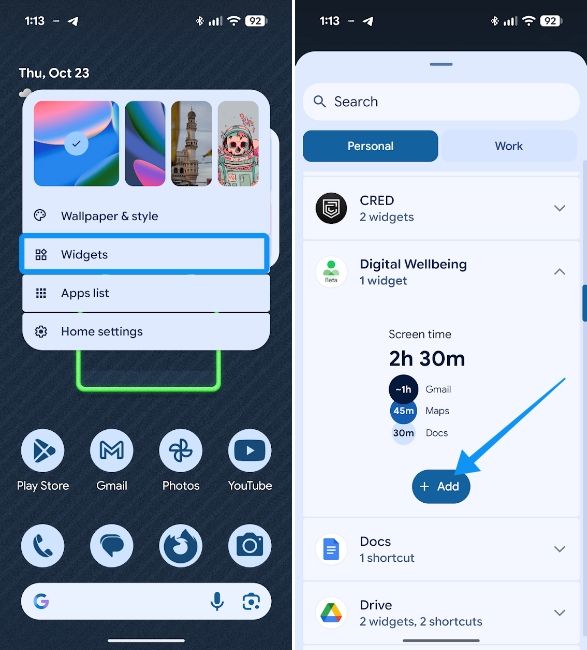
By default, the widget takes a 2x2 size, but you can expand it to show more usage information. You can do so by long-pressing on the widget and dragging the edge brackets as you prefer.
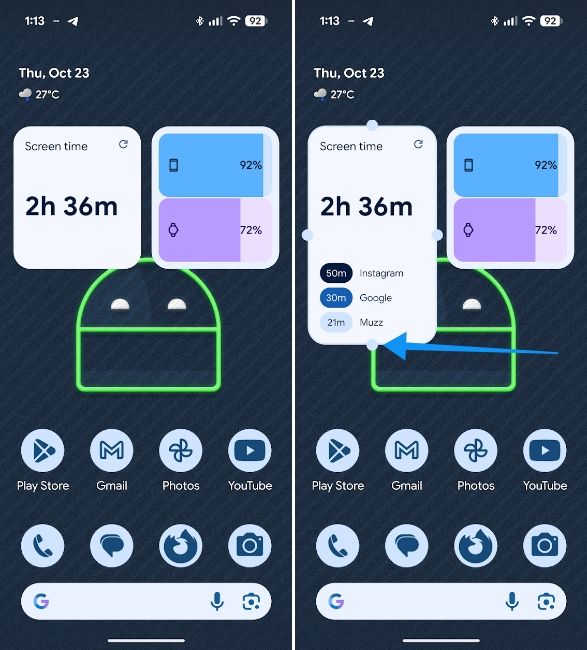
- Now, to add the Digital Wellbeing app shortcut, head over to Settings > Digital Wellbeing and enable the Show icon in the app list toggle.
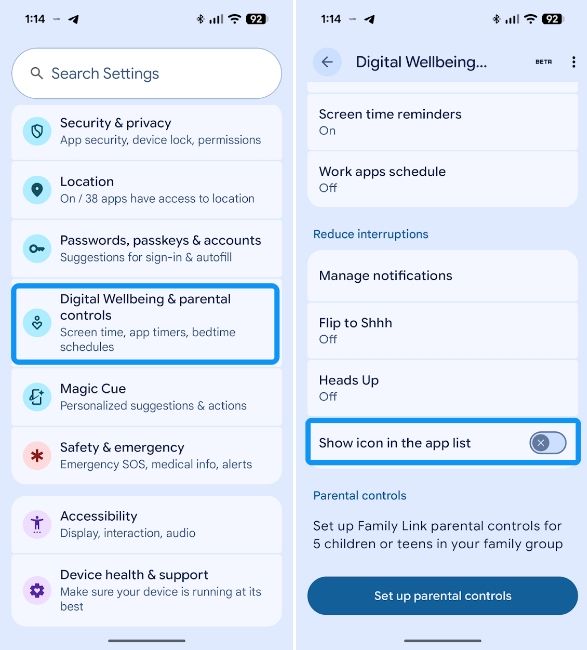
- Drag the icon in the apps list to the home screen to add it as a home screen shortcut.
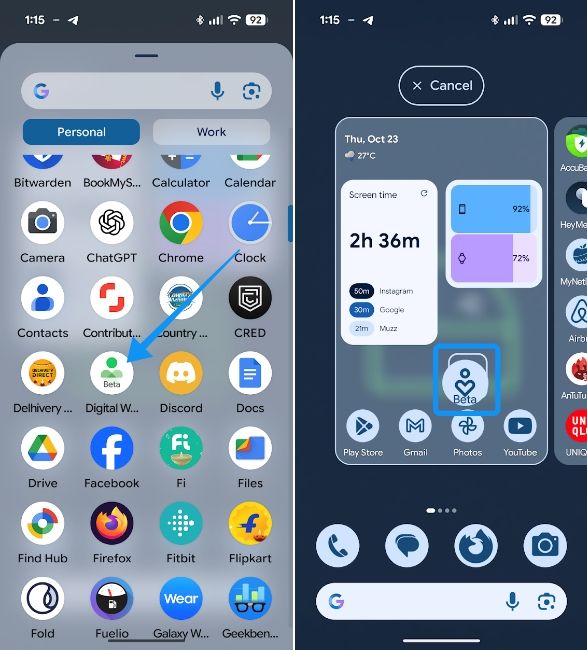
This eliminates the need to go to dig through the Settings to find Digital Wellbeing each time you want to check your screen time.
What does my Android screen time indicate?
Your Android screen time indicates the amount of time you spend on your phone. It shows you a detailed breakdown of usage for each app and how often you unlock your device. Besides, it also lets you curb your smartphone addiction with features like Bedtime mode, Focus mode and app timers. Here's what each feature does:
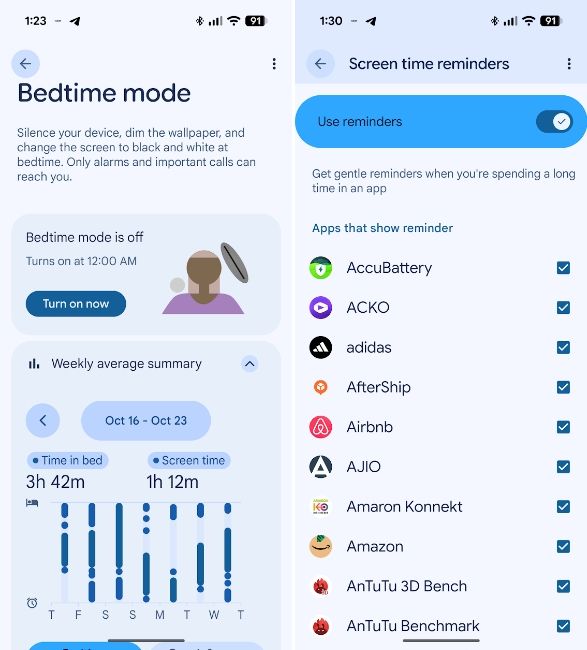
- Bedtime mode: Lets you set a bedtime schedule, where the feature enables certain features to help you put your phone down with ease before sleeping.
- Focus mode: Helps you set a schedule for distracting apps, pausing notifications from them.
- App timers: Let you set a timer for an app that resets every day. Once the time for a specific app runs out, Android will alert you that you've exhausted the set amount of time to use the app for the day.
- Screen time reminders: Periodically reminds you with a pop-up pill about the amount of time you've spent using an app
- Work apps schedule: Lets you choose a schedule for work apps with the ability to set both time and days of the week you can steer clear of your boss's, co-workers' or manager's annoyances.
And those are all the ways you can check your screen time on Android phones. Besides viewing your screen time, Digital Wellbeing features also let you take control of your screen time and minimise it to maximise your productivity.


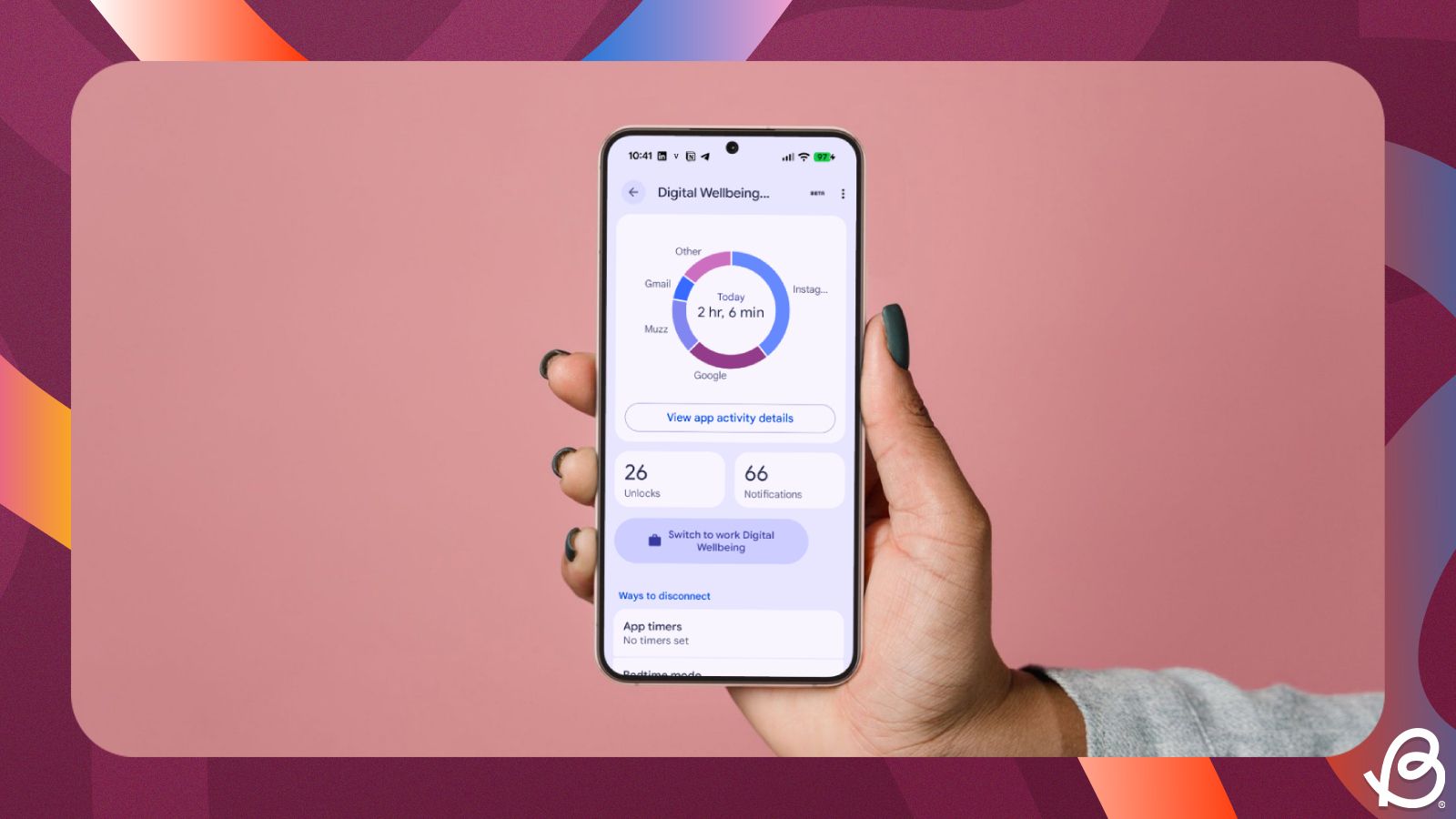
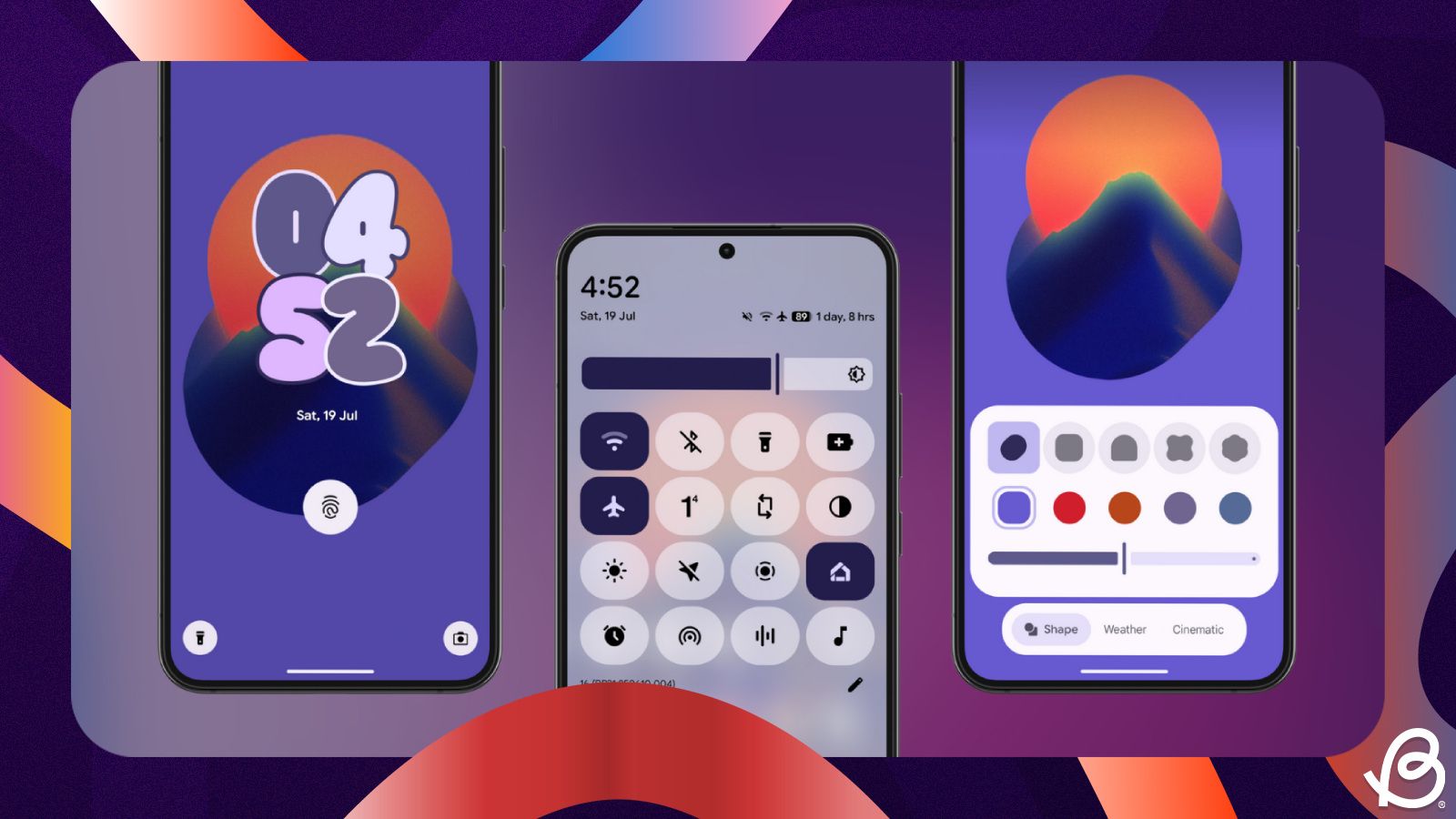
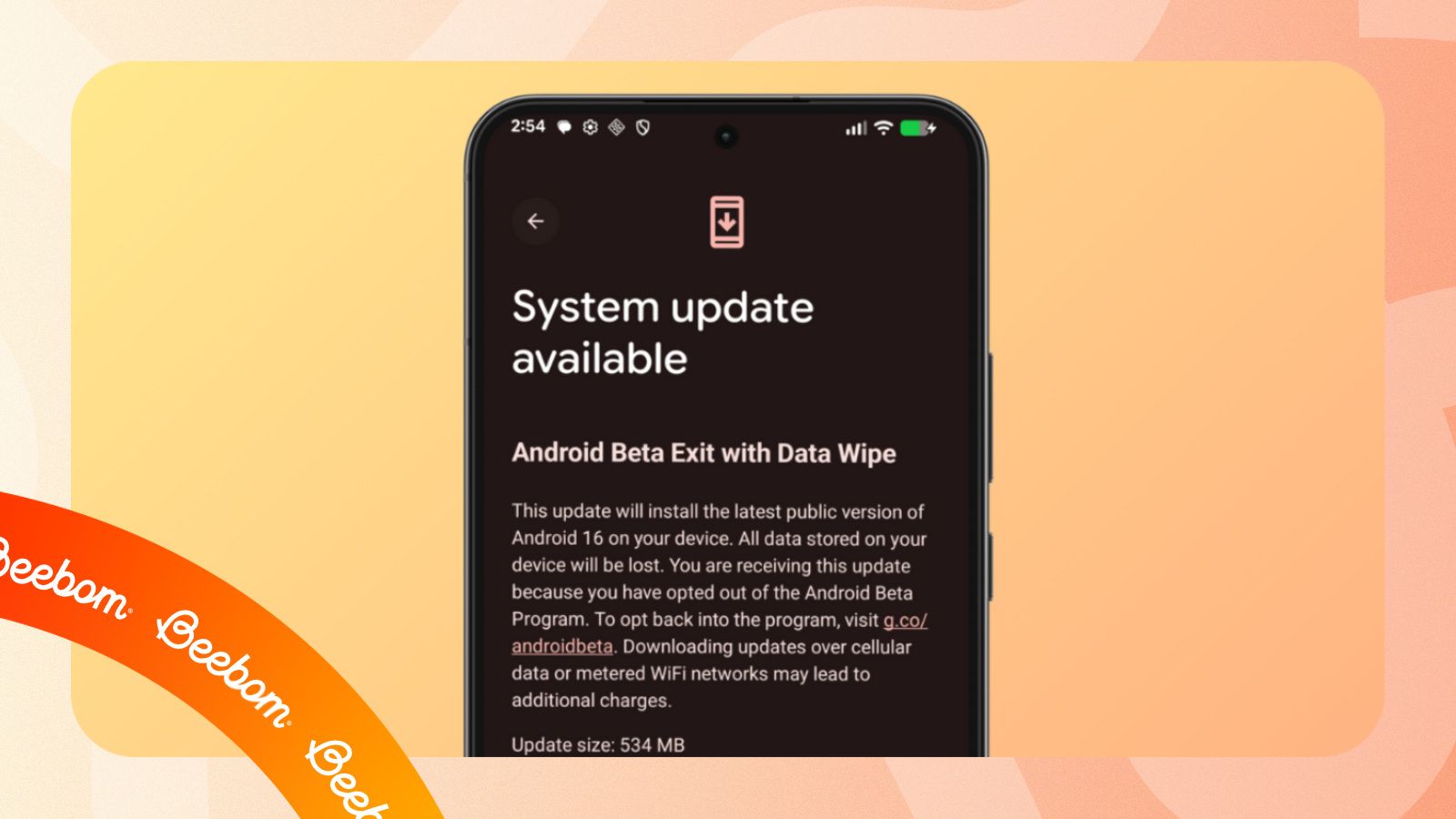
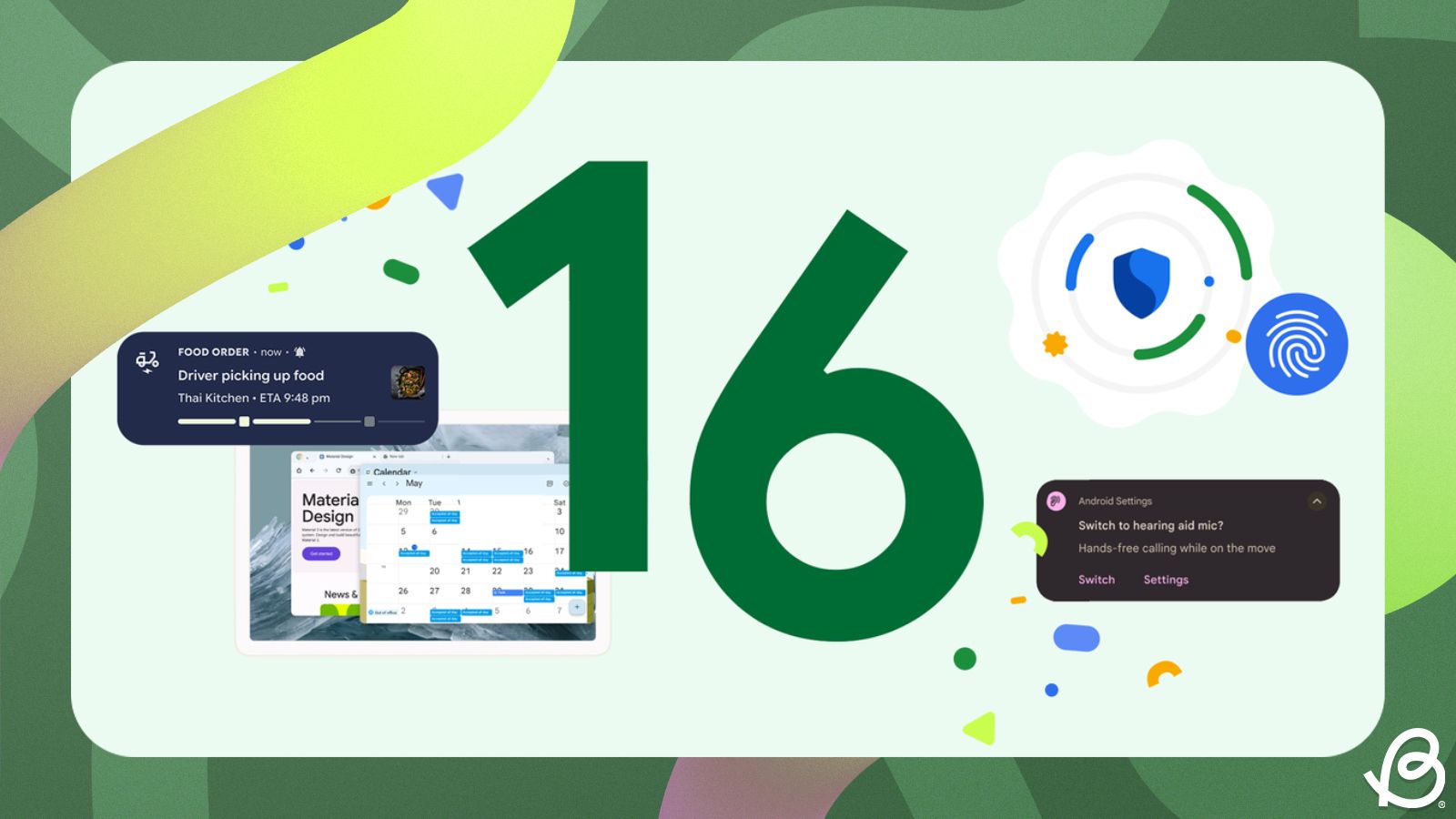
.jpg)
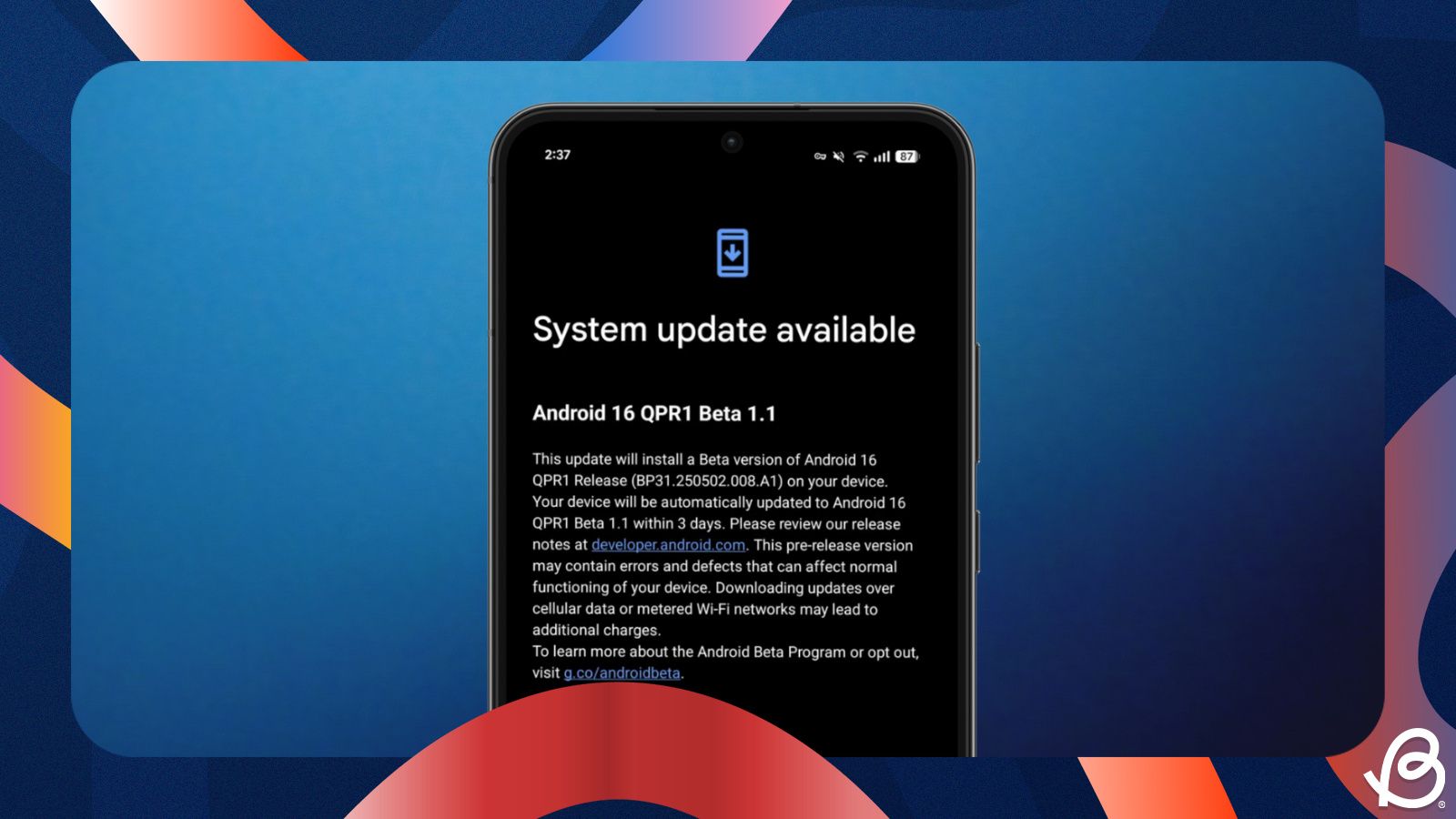

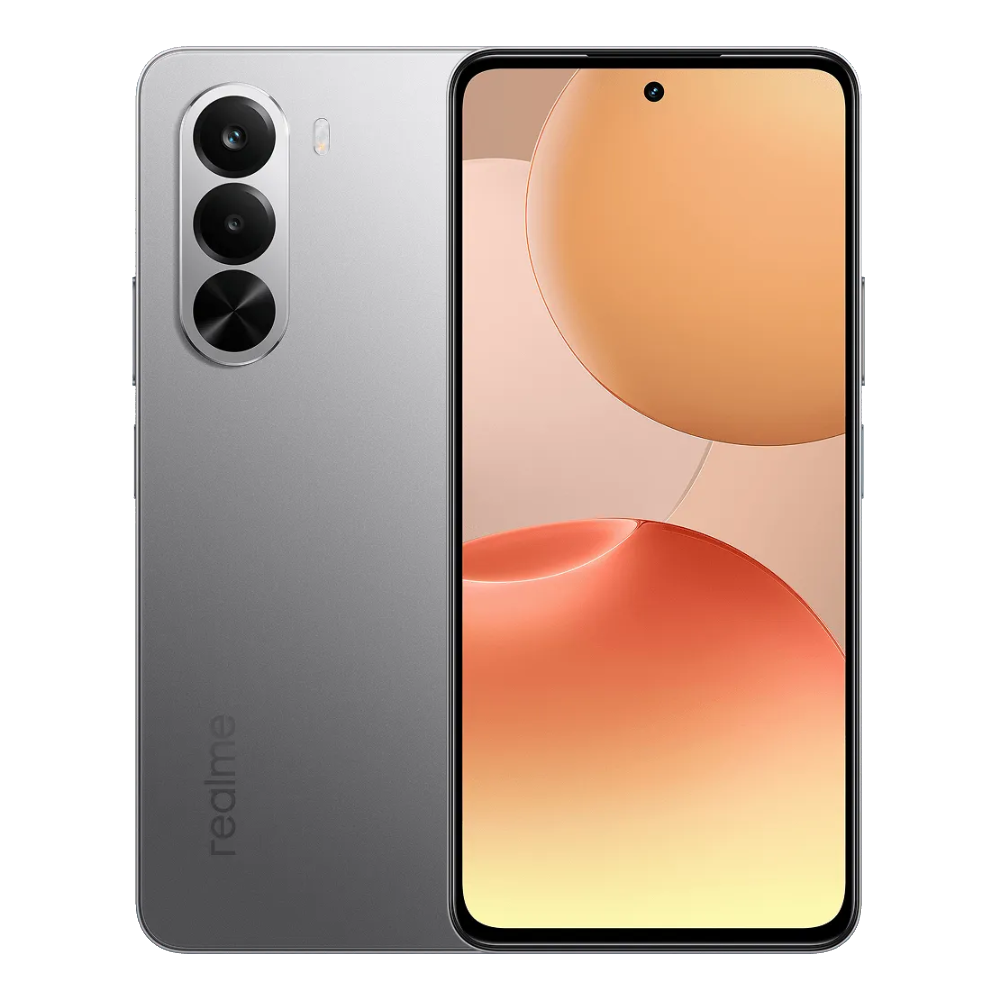
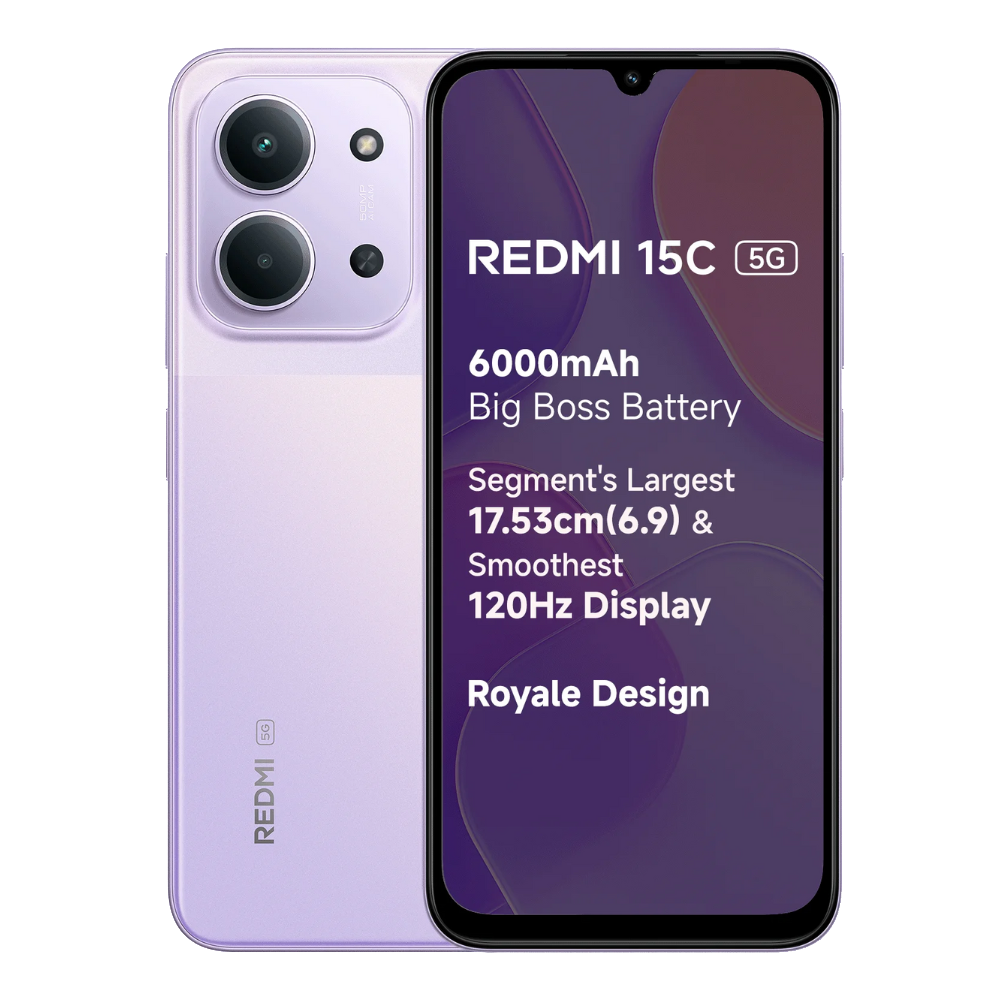
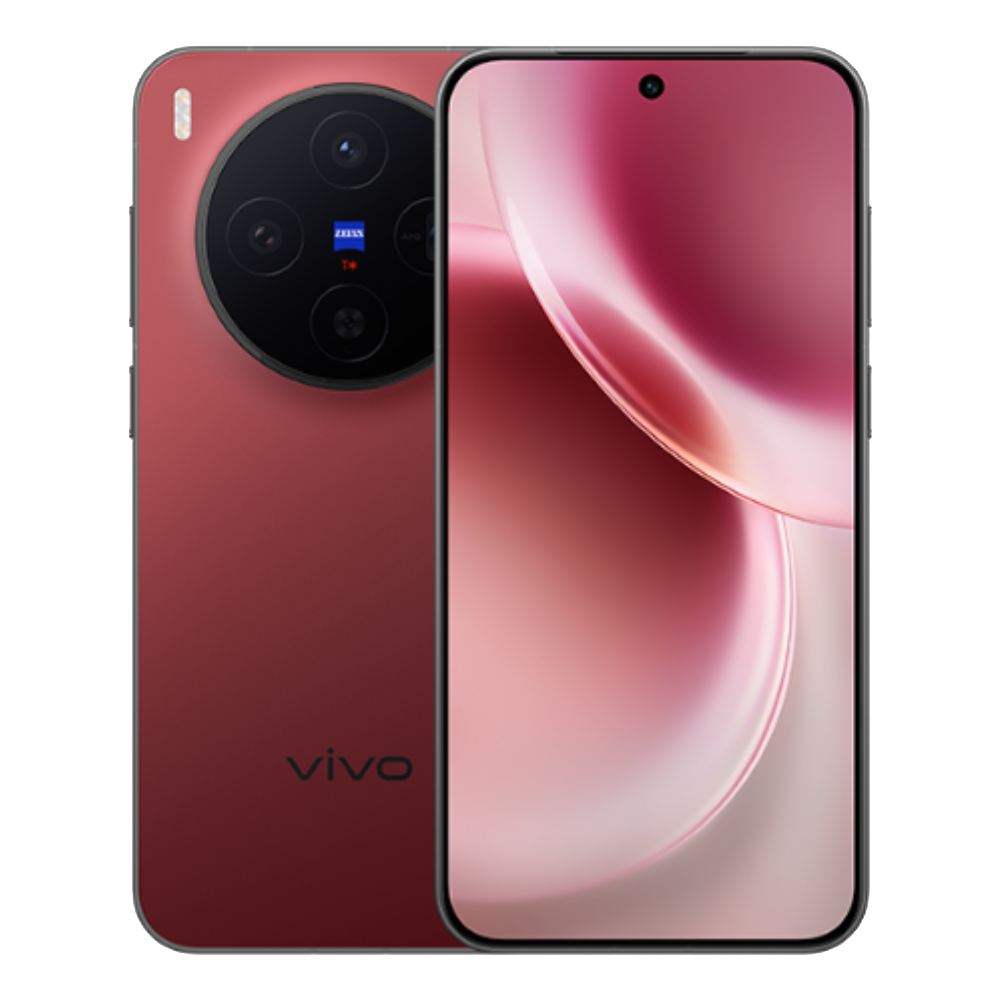
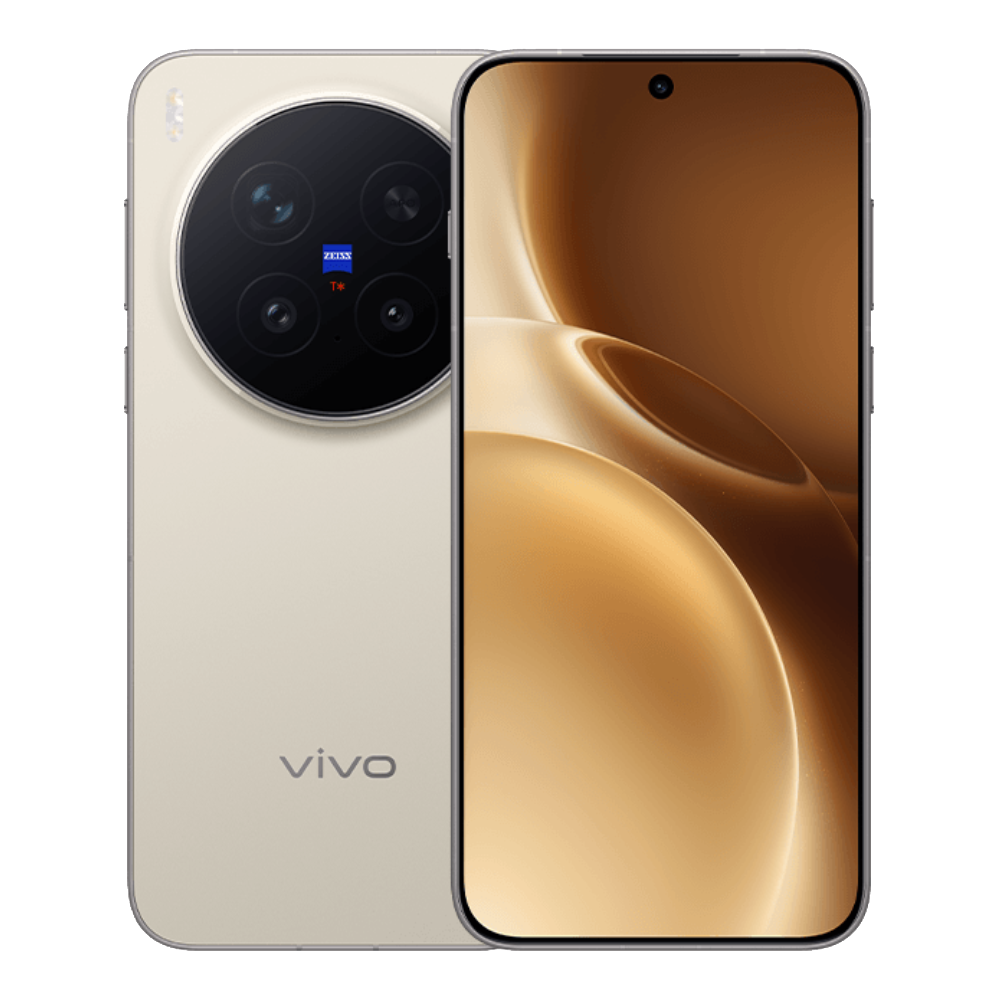
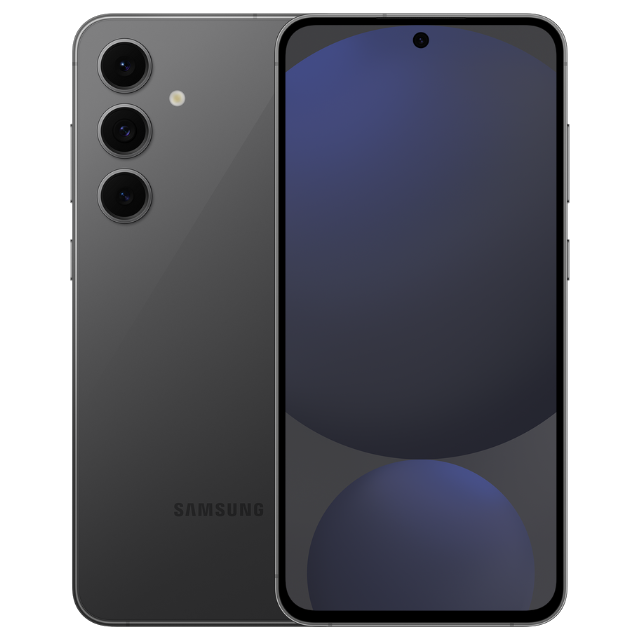
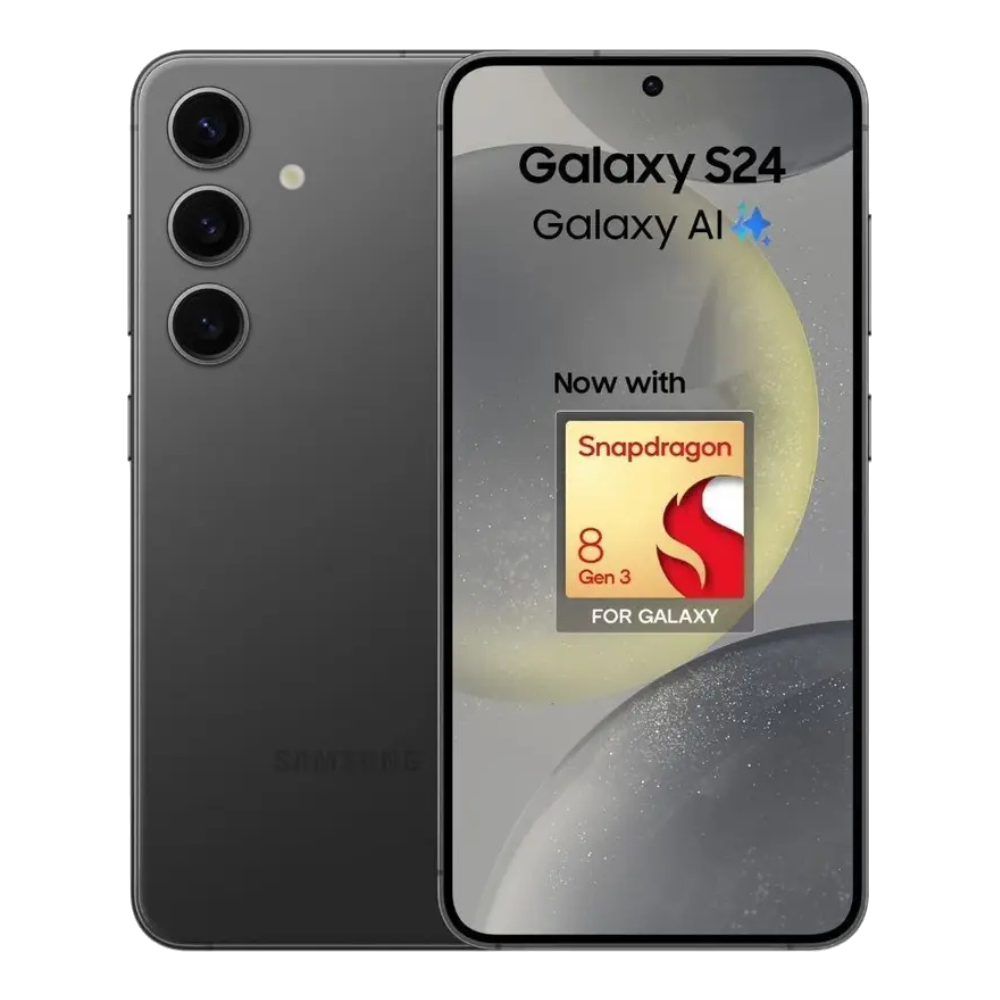

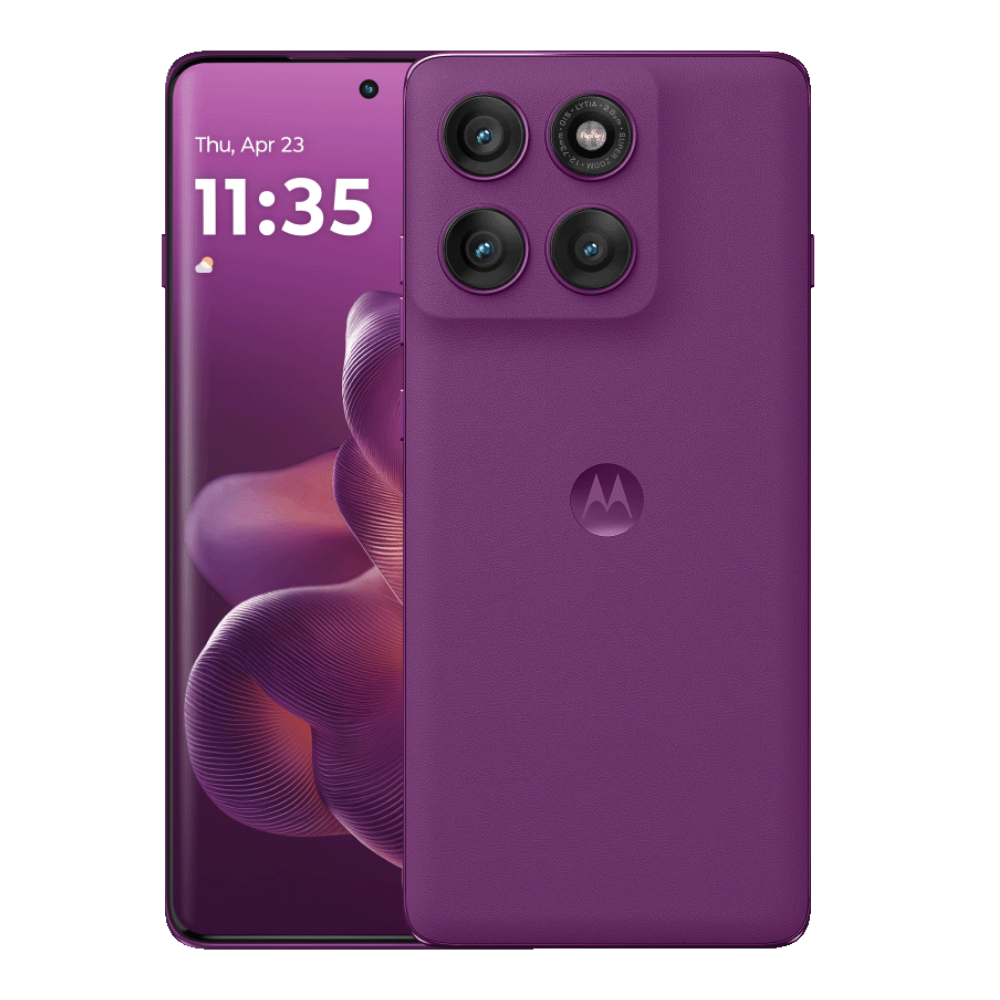
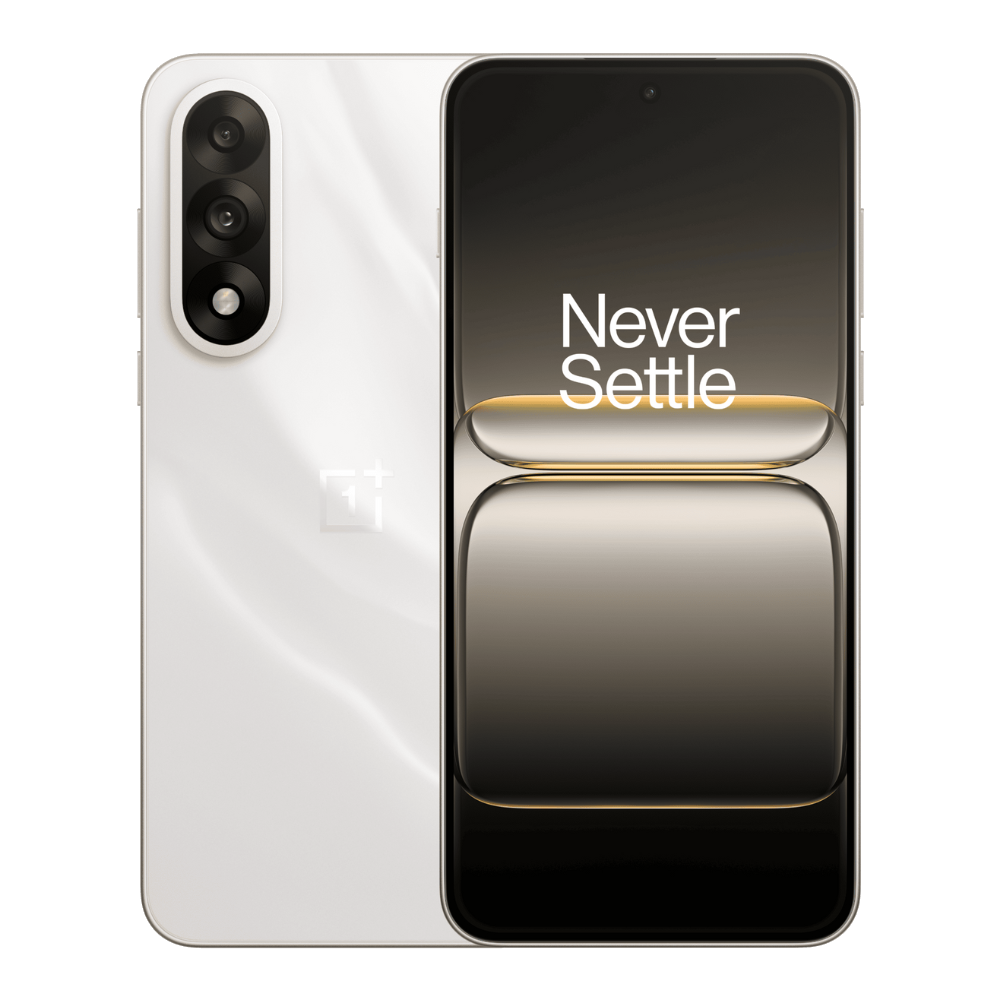
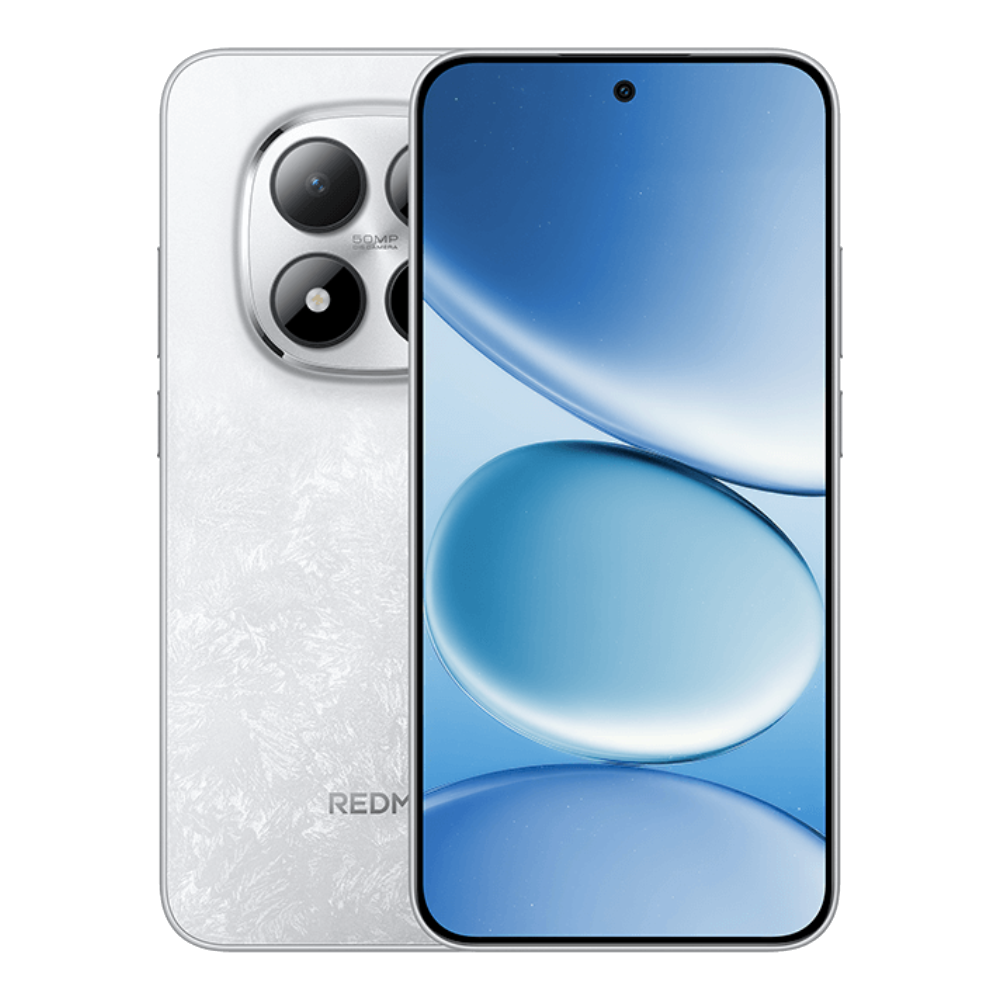

.png)
